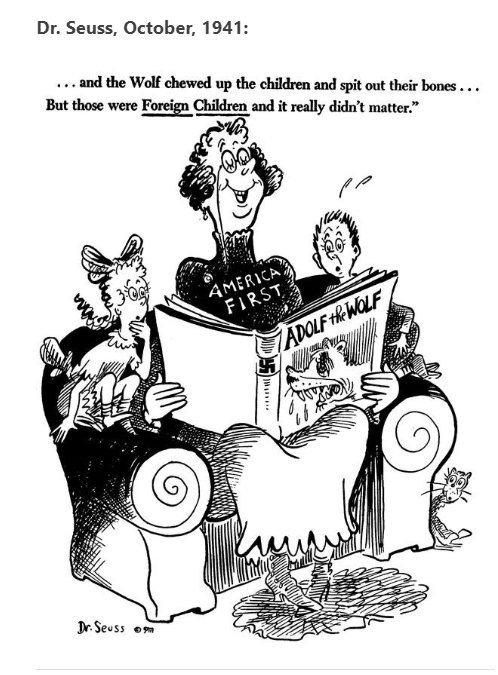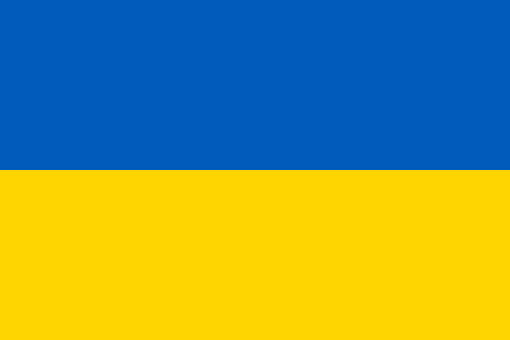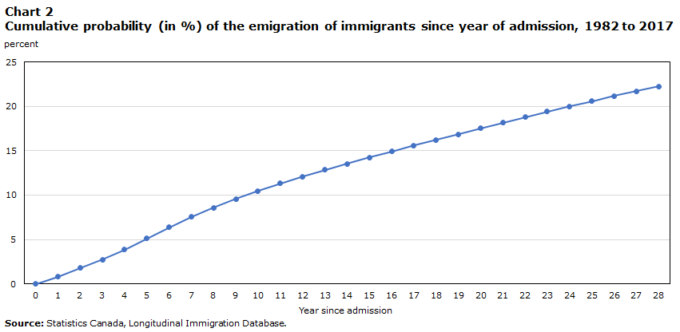 RootsTech offers 16 sessions classified as intermediate/
RootsTech offers 16 sessions classified as intermediate/
advanced/professional. Here’s my selection from the five available on Friday, 1 March.
3:30 pm ET: Unearthing the treasures in the Irish Registry of Deeds
Natalie Bodle
The Irish Registry of Deeds based in Dublin has been in existence since 1708 and manages the legal registration of property. Less well known is that it is also a repository for genealogical treasures such as wills, property leases, marriage agreements, mortgages and trusts and that this archive has remained intact since inception. The millions of names in these records include the principal parties to the deed and also wider family members and witnesses. Lists of lessees and even those with neighbouring properties may be found. It is also possible to find records by location. Many of these records are available as microfilms on the Family Search website although they are not indexed there which means they are a lesser-known and under-used source. This webinar will cover different methods of searching within and accessing these valuable records.
3:30 pm ET: Beyond Parish Registers: Tracing your Anglican Ancestors in England
Nicholas Dixon
The majority of the population of England belonged to the Church of England from the sixteenth century until recent times. However, discussions of the role of religion in family history tend to focus on membership of nonconformist denominations. Hence genealogists can overlook the many ways in which ancestors might have participated in Anglican activity beyond the basic facts of being baptised, married or buried according to Anglican rites. This webinar will discuss the varieties of Anglican commitment, including confirmation, receiving communion, Anglican schooling, Anglican societies and parochial ministry. It will also offer advice on finding records of such activities in archival repositories and online resources.
5 pm ET: Brick Walls! Real? or Created Through Faulty Research?
Barbara Vines Little
As researchers, at some time—usually many times, we will find ourselves facing the proverbial brick wall. Some of these brick walls will, because of record loss or other reasons, be difficult, if not impossible, to overcome. We create others ourselves because we fail to understand a record or the law that created it, believe what we should not, or simply fail to look in the right place at the right time. This lecture looks at some of these pitfalls and false trails and suggests ways to avoid them and/or to uncover new leads that may take your research around them.
To put it another way: —
Irish deeds, a hidden store,
Bodle unearths tales of yore.
Wills and leases, whispers rise,
Families bound by legal ties.
Dixon delves where Anglicans trod,
Beyond the parish, seeking God.
Communion, school, the faithful way,
Their lives in records on display.
Brick walls loom, a daunting test,
Vines Little guides, dispels the rest.
False trails and pitfalls lie in wait,
Keen eyes reveal a clearer fate.
If you haven’t registered for the free online attendance, start at rootstech.org
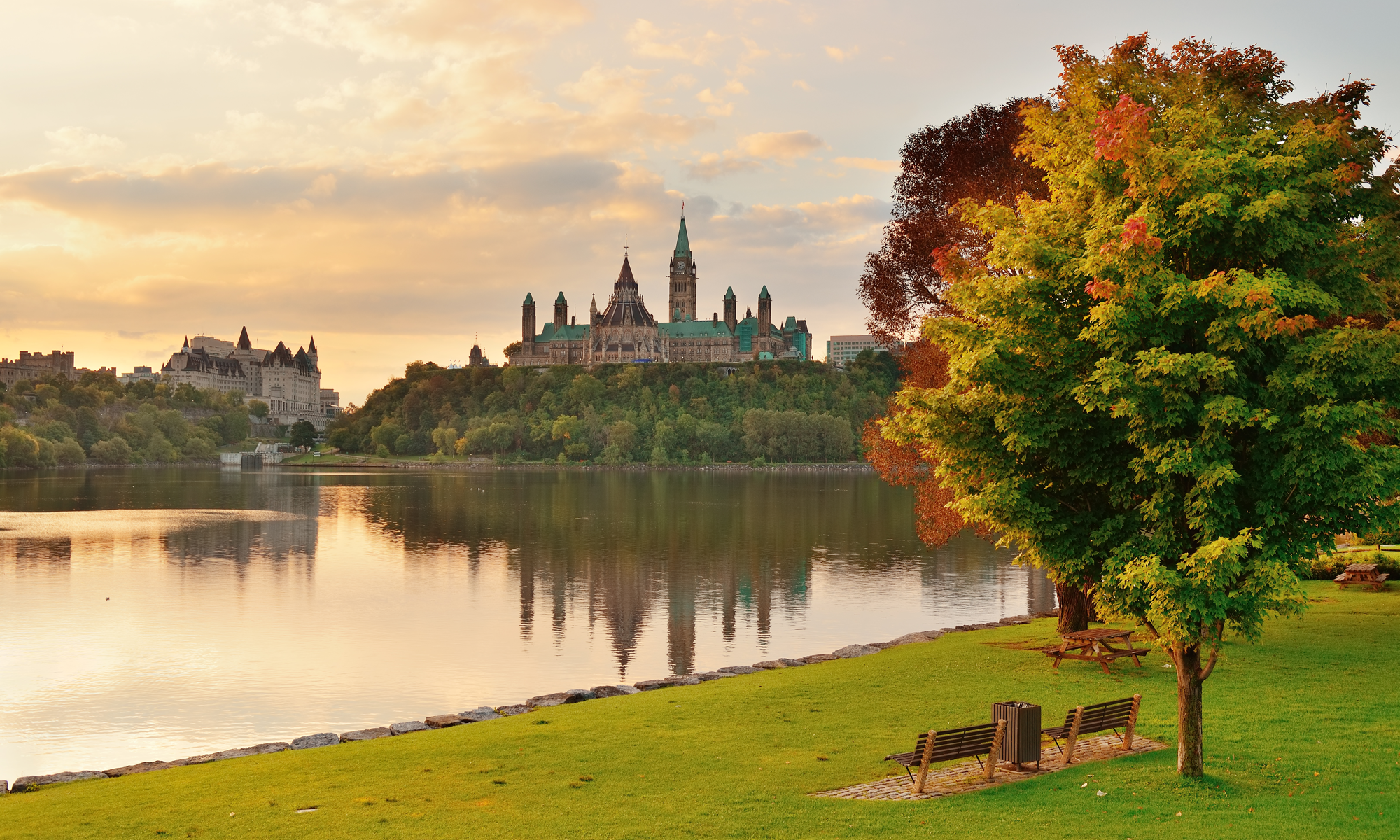


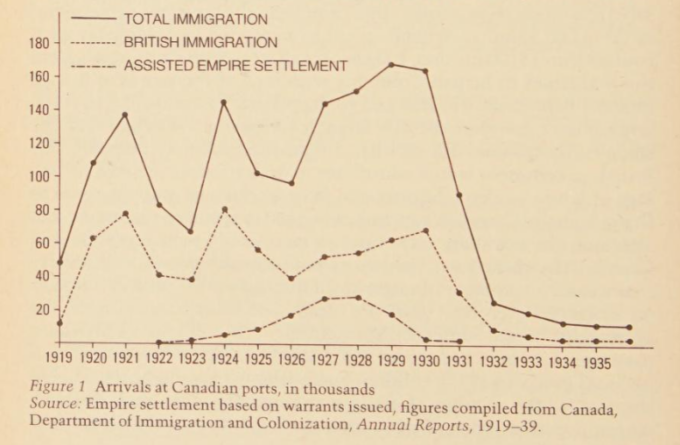
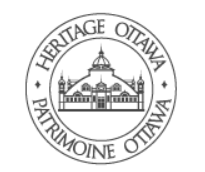 An in-person event on Wednesday, 21 February, at Carleton Dominion-Chalmers Cultural Centre, 355 Cooper Street.
An in-person event on Wednesday, 21 February, at Carleton Dominion-Chalmers Cultural Centre, 355 Cooper Street.